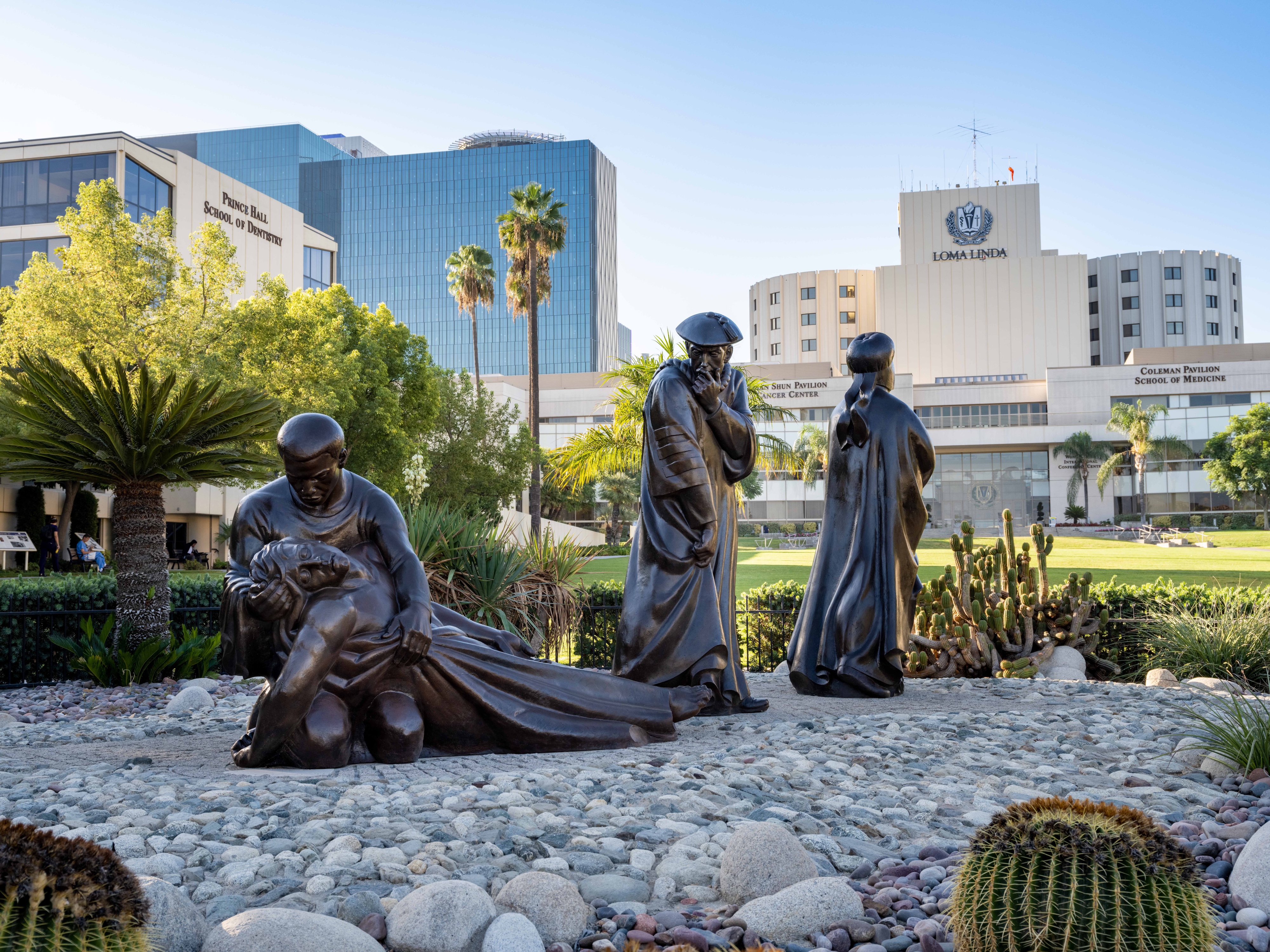We’re Stronger Together
With your help, we can advance education and improve student success in our community.
The Seventh-day Adventist Church is one of many Christian communities of faith. Our name comes from the biblical observance of the seventh-day Sabbath and a belief in the second coming or "advent" of Jesus to this world. We treasure the knowledge that we are loved and accepted by the Creator God.
The colorful history of the Seventh-day Adventist Church began as a result of close study of Bible prophecies around the mid-nineteenth century. People of many persuasions came to believe that the second coming, or advent, of Christ was imminent.
When Christ did not come at that time, a group of Adventists in New England, continuing their study of prophecy, concluded that the time period was right but the event anticipated was the beginning of the final judgment in heaven rather than the second coming of Christ, which was still in the future. This same group accepted the teaching of the seventh-day Sabbath, and became known as Seventh-day Adventists. The church organized formally in 1863.
Basing its faith on the Bible, the church today is a closely-knit, worldwide organization with a membership of more than 18 million believers. The church sent its first missionary, J. N. Andrews, abroad in 1874, and today conducts evangelistic endeavors in more than 208 nations, in more than 700 languages.
The church operates one of the largest Protestant educational systems in the world, with more than 7,700 schools, including 86 colleges and 15 universities.
The first organized medical work by Adventists began in 1866 with the founding of Battle Creek Sanitarium in Battle Creek, Michigan. Today the Adventist health system is one of the largest health-care delivery systems in the nonprofit sector. Worldwide, the church operates more than 560 health-care institutions, including hospitals, sanitariums, and clinics. Adventist Health International (AHI), a management organization committed to partnering with health-care services in developing countries, is based at Loma Linda University. The denomination's world activities are directed by the General Conference of Seventh-day Adventists, with headquarters in Silver Spring, Maryland.

The Good Samaritan sculpture, created by Alan Collins, is located on the Loma Linda University campus mall. The artwork is a graphic representation of the parable told by Jesus in Luke 10:30-37:
"A man was going down from Jerusalem to Jericho, and he fell among robbers, who stripped him and beat him, and departed, leaving him half-dead. Now by chance a priest was going down that road; and when he saw him he passed by on the other side. So likewise a Levite, when he came to the place and saw him, passed by on the other side. But a Samaritan, as he journeyed, came to where he was; and when he saw him, he had compassion, and went to him and bound up his wounds, pouring on oil and wine; then he set him on his own beast and brought him to an inn, and took care of him. And the next day he took out two denarii and gave them to the innkeeper, saying 'take care of him; and whatever more you spend, I will repay you when I come back.'"
The larger-than-life sculpture represents the philosophy of Loma Linda University and Medical Center "to make man whole."
The Good Samaritan sculpture was created by Alan Collins.
Download the PDF below to learn a little more about the Seventh-day Adventist faith.
With your help, we can advance education and improve student success in our community.